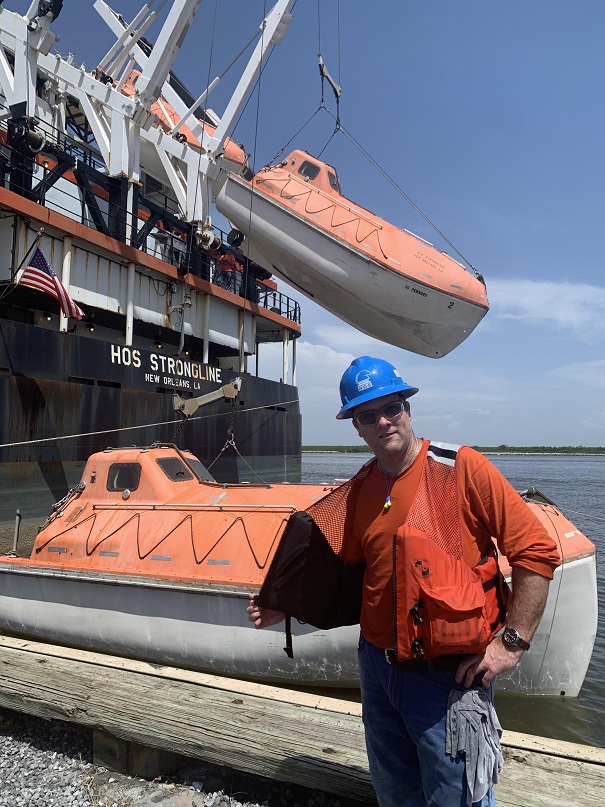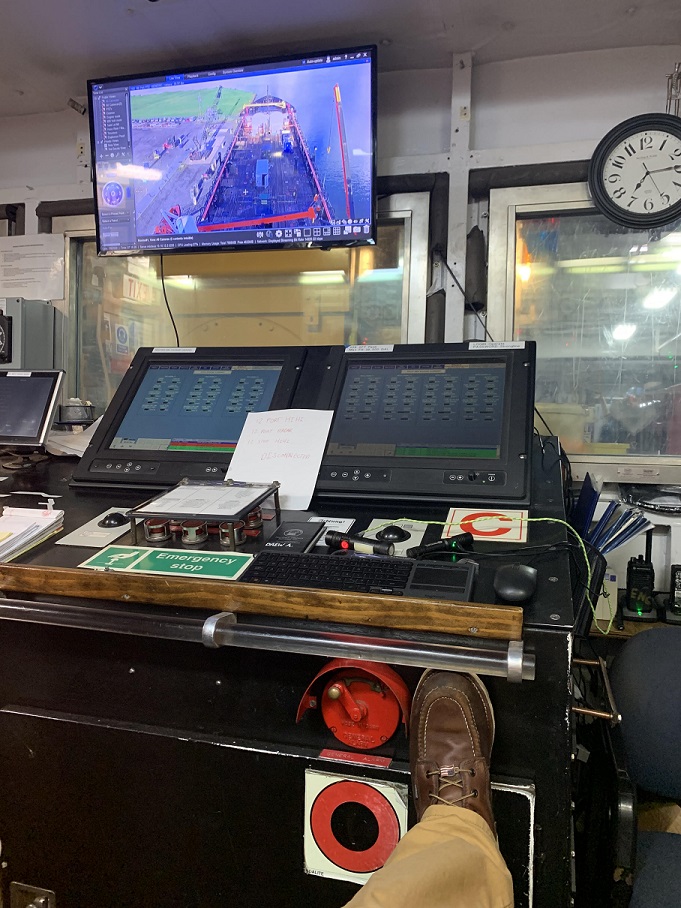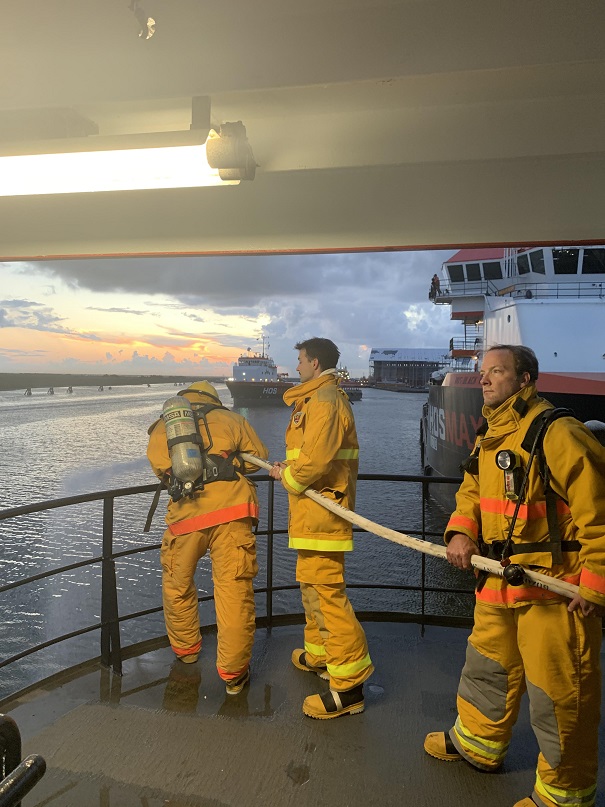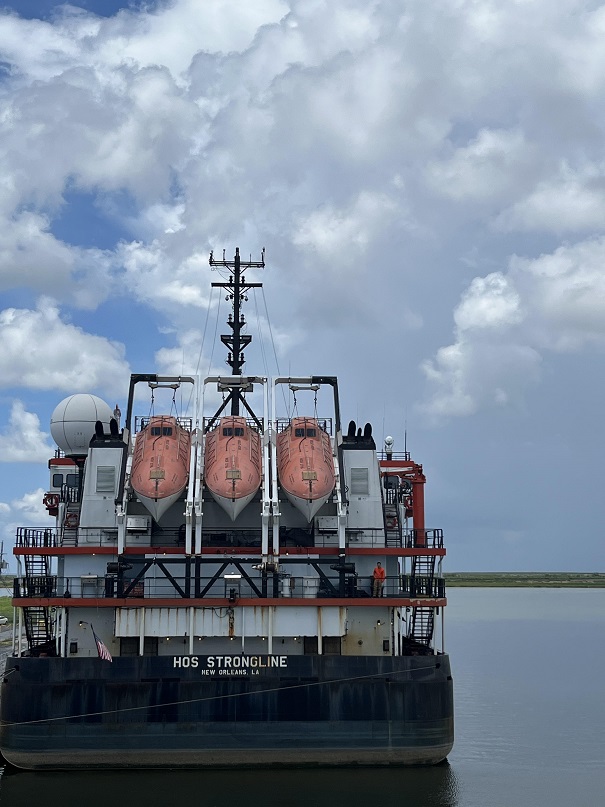
Last summer, 1/C Jacob Sheehan Rollo, left the quaint, seaside community of Scituate, Massachusetts behind and headed down to Port Fourchon, Louisiana’s southernmost port.
Port Fourchon services over 90% of the Gulf of Mexico's deep-water oil production. More than 600 oil platforms lie within a 40-mile radius of Port Fourchon. This area provides approximately 16-18% percent of the United States oil supply.
Jacob joined the HOS Strongline, a multipurpose support vessel (MPSV) operated by Hornbeck Offshore Services. Multi-purpose support vessels provide marine solutions to meet the needs of the energy industry.


The HOS Strongline did not visit any ports during Jake’s assignment that lasted from June 29th to August 25th.
Jake told us that his most interesting experience during his two-month stay was getting to work on variable frequency drive that was worth over $1,000,000. A variable frequency drive controls the speed of an AC motor by varying the frequency supplied to the motor.


Completing his Sea Project during his time on the HOS Strongline was Jake’s biggest challenge. Cadets on commercial shipping don’t have any classes to attend or tests to take. Instead, they are responsible for writing a report that is more comprehensive than anything that they have done, or will do, during their time at the Academy. In the largest 3-ring binder sold, cadets on commercial shipping must compile a daily log, reports on all of the ship’s systems, detailed answers to a wide variety of questions, interviews with crew members, hand drawn diagrams, photographs, and letters of support from supervisors. Cadets must budget their time and work on their binder for a minimum of two hours every day while on the ship. There are no professors or parents to remind them to get to work and stay focused, so cadets must be self-motivated and dedicated. The Sea Project is due to their professor two weeks after returning to campus.
When asked about a difference between the TS Kennedy and the HOS Strongline, Jake explained, “The TS Kennedy uses boilers to heat up water and turn it into steam. That steam makes giant turbines spin. Those turbines spin and are connected through gears to make the propeller turn. This is how the ship moves.
The HOS Strongline has giant engines that are connected to a generator. When the engine runs, it makes the generator spin and produce electricity. We can then use that electricity to run a gigantic electric motor which will make the propellor spin.”
Meet the Hornbeck Northshore Multipurpose Support Vessel Fleet! Click on the link below to open a brochure that features photographs and statistics about thirteen HOS vessels.
https://hornbeckoffshore.com/fleet/featured/hosmpsv-fleet
Check out the video below!
Although this video was created by cadets years before Jake joined the HOS Strongline, you will discover what his summer experience was like.
Would you enjoy working aboard the HOS Strongline?